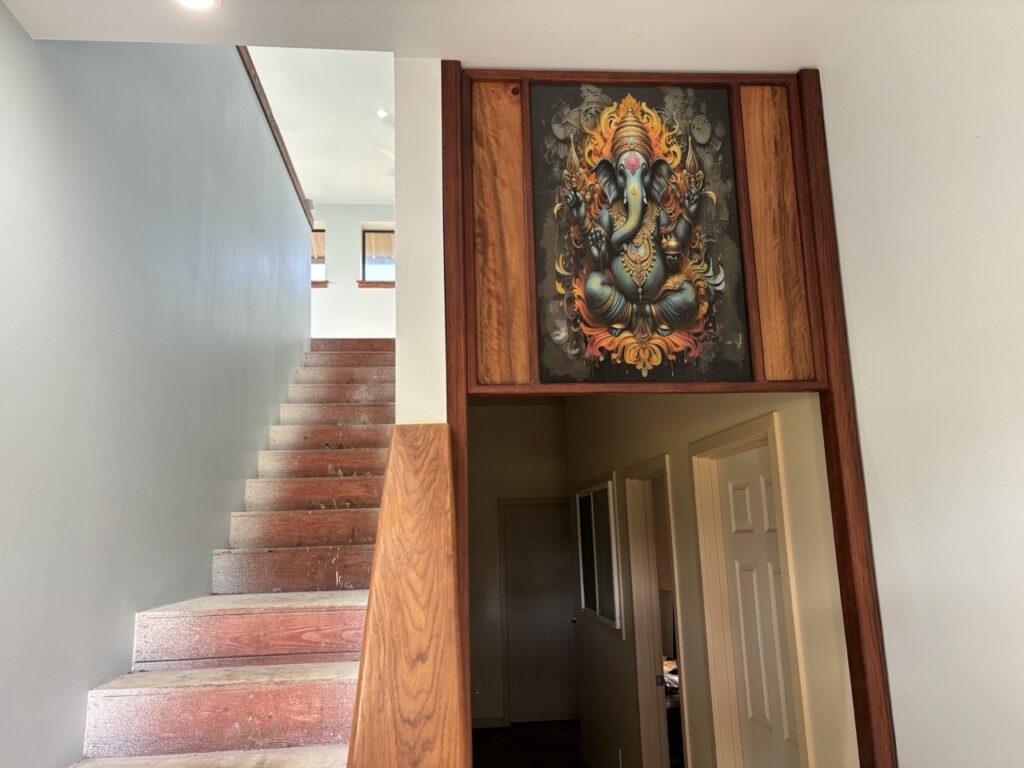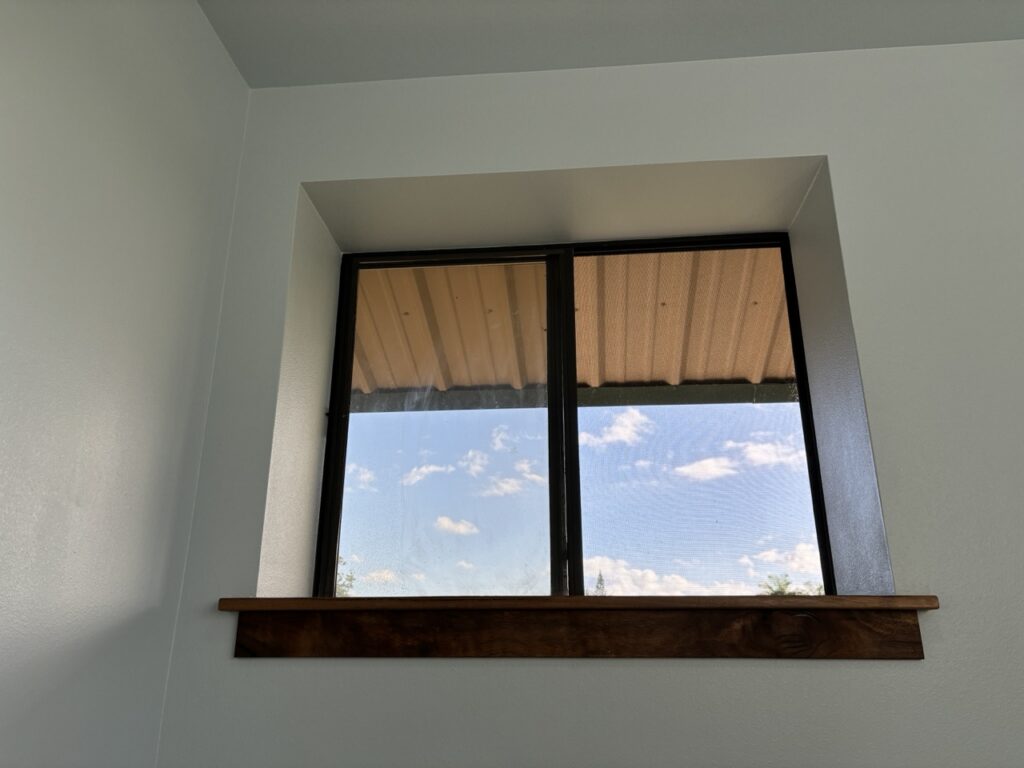Force Fields & Psychic Protection, Part One
Satguru Bodhinatha Veylanswami gives his weekly upadesha in Kadavul Temple at Kauai’s Hindu Monastery in Hawaii. It is part of a series of talks elaborating on the inspired teachings of Satguru Śivaya Subramuniyaswami as found in his book Merging With Śiva.
“There are two basic forces in the universe, which you can look up in the dictionary. One is called odic force. The other is actinic force. Odic force is magnetic force. Odic force is the force of collective energies that make things—trees, chairs, tables, houses, the physical body. Odic force is of the material world—dense and heavy. The aura around the physical body and the forces of nature which govern much of man’s life on Earth are odic force. ¶Actinic force is your pure life force coming from the central source deep within, out through the nerve system. But as soon as this pure life force begins to mingle with the astral atoms and the physical body atoms, it turns to odic force. The study of these two forces can give you a great awakening—two primal forces.“
Force Fields & Psychic Protection, Part One Read More »













